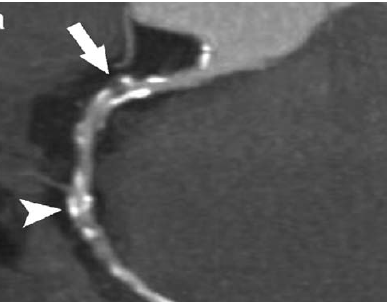Journal Club Summary
Dewey M, et al. BMJ. 2016 Oct 24;355:i5441.
Methodology: 2.5/5
Usefulness: 2.5/5
Question and Methods: Prospective single center RCT to determine whether patients with intermediate probability of CAD and atypical chest pain/angina should undergo cardiac CT or coronary angiography.
Findings: The study found no difference in major procedural complications within 48 hours (primary outcome), but found that the need for coronary angiography was reduced in the CT group 100% to 14% (95% confidence interval 9% to 20%, P<0.001)
Limitations and Interpretation: Major limitations included being underpowered for the primary outcome, ascertainment bias, and not evaluating short-term MACEs, which is of interest in EM literature. Extrapolating from the study, CT coronary angiography could be used in select ED chest pain patients
By: Dr. Daniel James
Epi lesson
Intention to Treat vs. Per Protocol Analyses
The standard analytic approach for RCTs is intention to treat (ITT), where patients are analyzed in the groups to which they were allocated, irrespective of what they actually received.
These analyses are intended to avoid over-estimation of a potential treatment effect if there are biases secondary to losses to follow-up or treatment non-adherence. It is legitimate to additionally conduct per protocol analyses where patients are analyzed according to what intervention they actually received after the ITT is reported.
By: Dr. Venkatesh Thiruganasambandamoorthy (By Lisa Calder April 2014)


